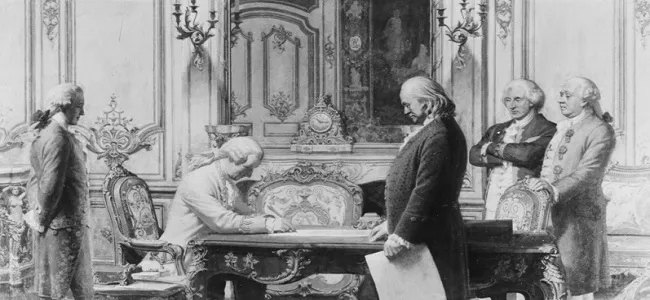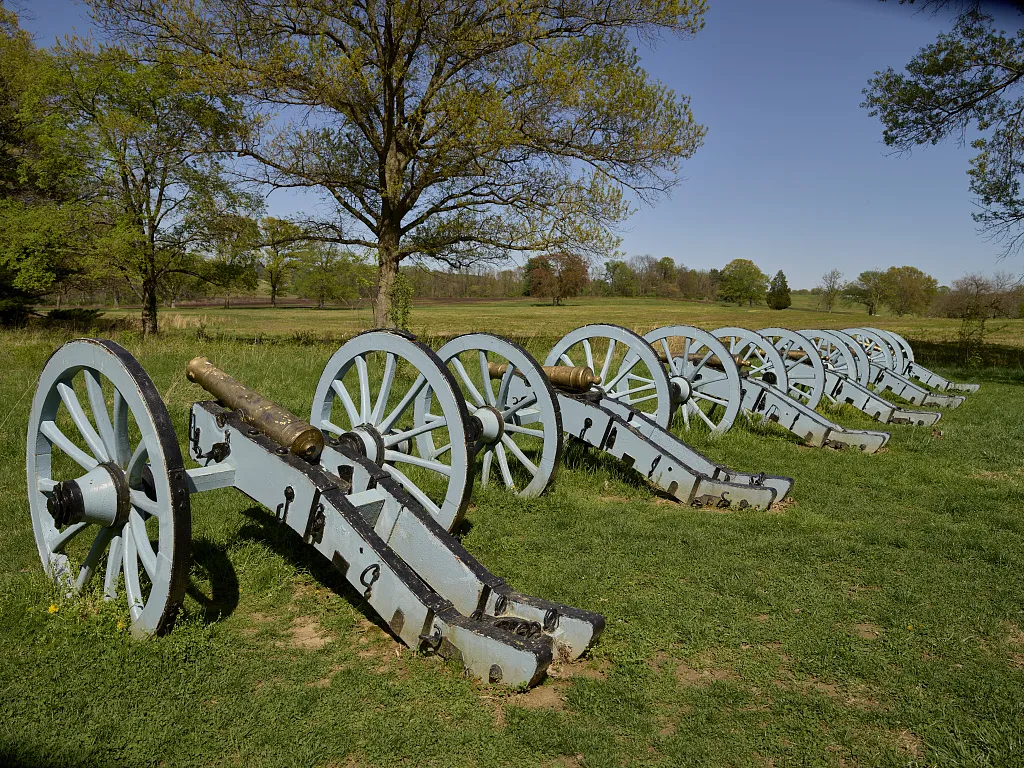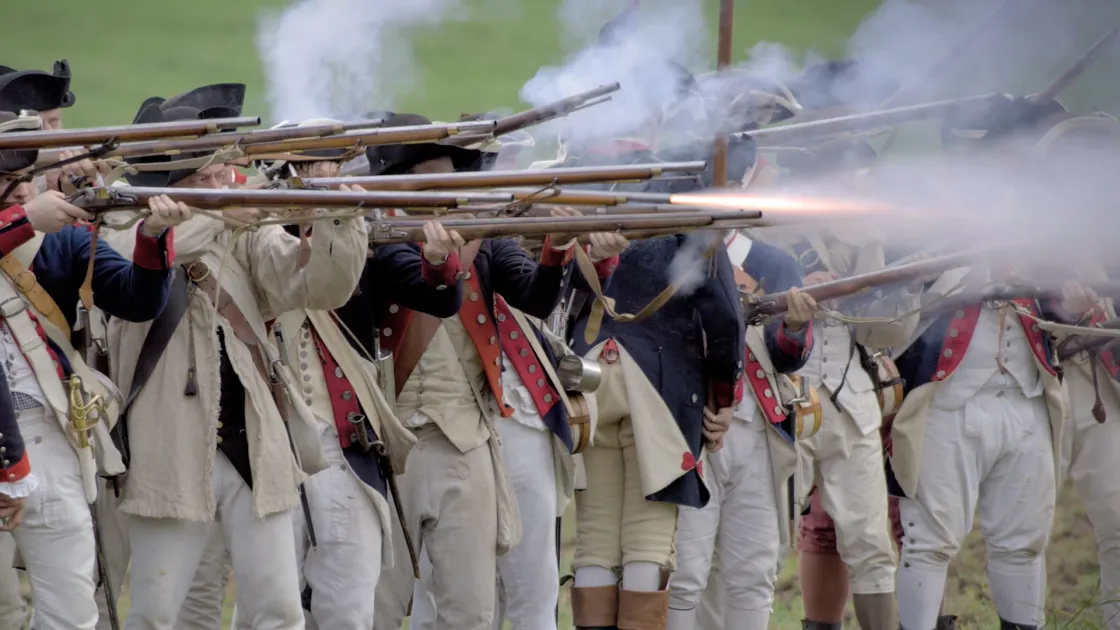On May 6, 1778, General George Washington gathered his army on the Grand Parade at Valley Forge to celebrate the recently formed alliance with France. Having lost Philadelphia, the seat of the Continental Congress, to British forces as well as a series of battles the previous fall, Washington’s army welcomed the news of their alliance with pomp and parade. That morning, at 11:00 am, the rumble of drums and musketry echoed through the army camp at Valley Forge in celebration.
News of the alliance of Valley Forge culminated the long and tireless efforts of the colonists to seek foreign aid in their revolution. Though initially reluctant to provide support to the fledgling nation, King Louis XVI and the French garnered more hope for the American cause with the astounding victory at Saratoga over the British army in October 1777. On February 6, 1778, three American commissioners (Benjamin Franklin, Arthur Lee, and Silas Deane) signed a treaty of alliance with the French.

Though France funneled munitions and loans to the American colonists throughout the war despite their neutrality, the official alliance now pledged support of the French army and navy to the cause of American independence. As Simeon Deane, Silas Deane’s brother, carried news of the treaty across the Atlantic, Washington’s army suffered through the winter at Valley Forge, uncertain of their fate. When Deane finally reached the Continental Congress in York, Pennsylvania on May 2, 1778, they moved to unanimously ratify the treaty two days later.

As Washington received the news on May 5, he issued a general order “to set apart a day for gratefully acknowledging the Divine goodness, and celebrating the important event which we owe to His Divine interposition.” He also pardoned two soldiers awaiting execution for desertion. Washington’s jubilation at the alliance may be indicated most by this act, as the commander-in-chief rarely reversed decisions of the courts martial. Regardless, just as the spring thaw reinvigorated life in the Pennsylvania countryside so too did the news of French intervention enliven the spirits of the American soldiers.
The Continental army took part in a great celebration the following day. Artillerymen fired a single cannon shot at 10:00 am on May 6 signaling the army to form on the parade grounds. Per Washington’s orders, chaplains of the army read the news of the alliance and administered a prayer of thanksgiving to each brigade. The commander and his staff joined the New Jersey brigade for the morning’s religious services. Then, soldiers wheeled thirteen six-pounder cannons to a hill behind Brigadier General Thomas Conway’s Pennsylvania brigade while others dropped the flag in the nearest redoubt. Another cannon in the artillery park fired to welcome the concerted barrage of the thirteen guns on the hill.

Washington’s orders included a feu de joie, or “fire of joy”, as the whole army deployed in line of battle and discharged their muskets in succession down the ranks. The firing began on the front line and spread from right to left as each soldier participated in celebrating their newfound allies. New Jersey soldier George Ewing recalled his comrades cheering, “long live the King of France!” and “God save the American States!” That evening, Washington gathered his officers for a feast at his headquarters where they toasted French intervention and American independence. Meanwhile, he permitted the quartermasters to distribute each enlisted man one gill of rum.
However, the ever-wary commander-in-chief recognized the danger of the situation as well. “I very much fear that we, taking it for granted that we have nothing more to do because France has acknowledged our independency and formed an alliance with us, shall relapse into a state of supineness and perfect security,” Washington wrote Major General Alexander McDougall the same day he learned of the alliance. But he saw a sublime opportunity to strike at the British as well, stating, “I think it more than probable, from the situation of affairs in Europe, that the Enemy will receive no considerable, if any reinforcements.” He was right. As France’s recognition of the United States reached Great Britain, King George now realized he was fighting a global war. General Henry Clinton soon replaced General William Howe as British commander of forces in North America and quickly diverted troops from Pennsylvania to defend British territories in the West Indies. Also fearing a French blockade of Philadelphia, Clinton withdrew his forces to New York City in June 1778, abandoning the city to the Americans.

On June 18, the Continentals broke camp at Valley Forge to pursue the British army retreating through New Jersey. The departure of the army’s final elements on June 19 marked six months to the day since they arrived the previous December. Indeed, Washington’s letter to McDougall heeded a deliberate warning not only to his subordinate officer but to the American public at large: the French alliance certainly marked a major victory in the cause of American independence, but the fledgling nation still confronted a long road ahead to win the war.
Further Reading:
Valley Forge By: Bob Drury and Tom Clavin
Epic on the Schuylkill: The Valley Forge Encampment By: John B.B. Trussell, Jr.






